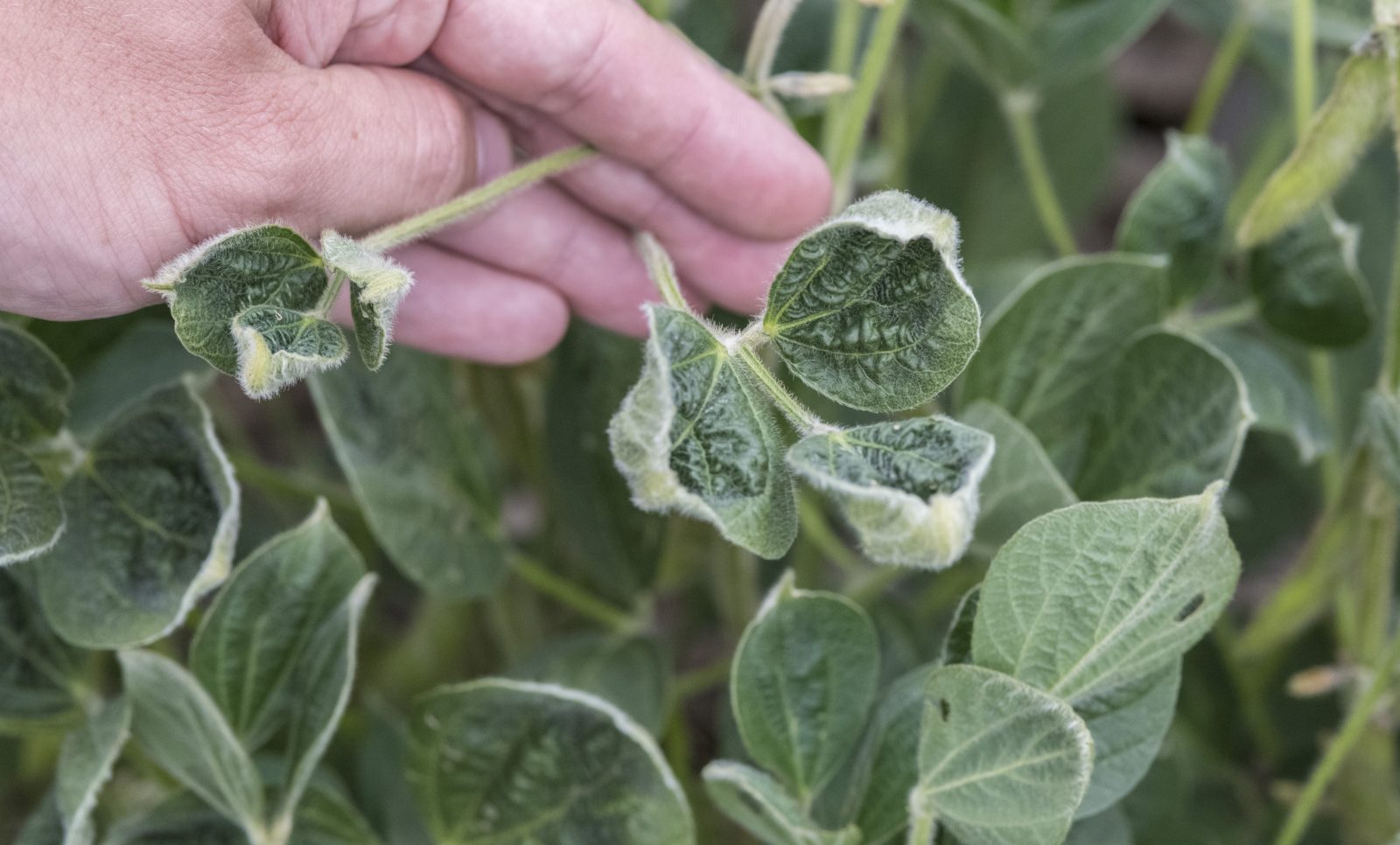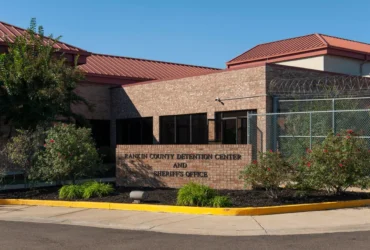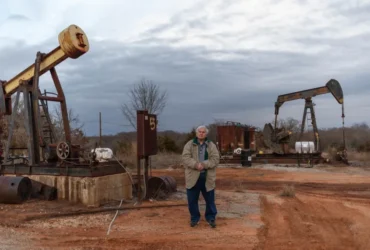Farmers across the Midwest have been forced into a tough decision since the agribusiness company Monsanto introduced new cotton and soybean seeds genetically modified to withstand the pesticide dicamba beginning in 2015. It’s a reality that Monsanto and BASF planned on when they released the dicamba cropping system, according to grantee Johnathan Hettinger’s report for the Midwest Center for Investigative Reporting
Monsanto’s new system was supposed to be the future of farming, providing farmers with a suite of seeds and chemicals that could combat more and more weeds that were becoming harder to kill.
Instead, the system’s rollout has led to millions of acres of crop damage across the Midwest and South; widespread tree death in many rural communities, state parks and nature preserves; and an unprecedented level of strife in the farming world.
For the past five years, the Midwest Center for Investigative Reporting has covered each step in this story – from the company’s launch of its products in 2015 to widespread damage in 2017 to a $265 million court case to the Ninth Circuit banning the herbicide to the EPA reinstating it.
With the support of the Fund for Investigative Journalism, the Midwest Center produced its most comprehensive story yet on what Monsanto and BASF knew about dicamba’s propensity to drift prior to releasing their products to the public.




